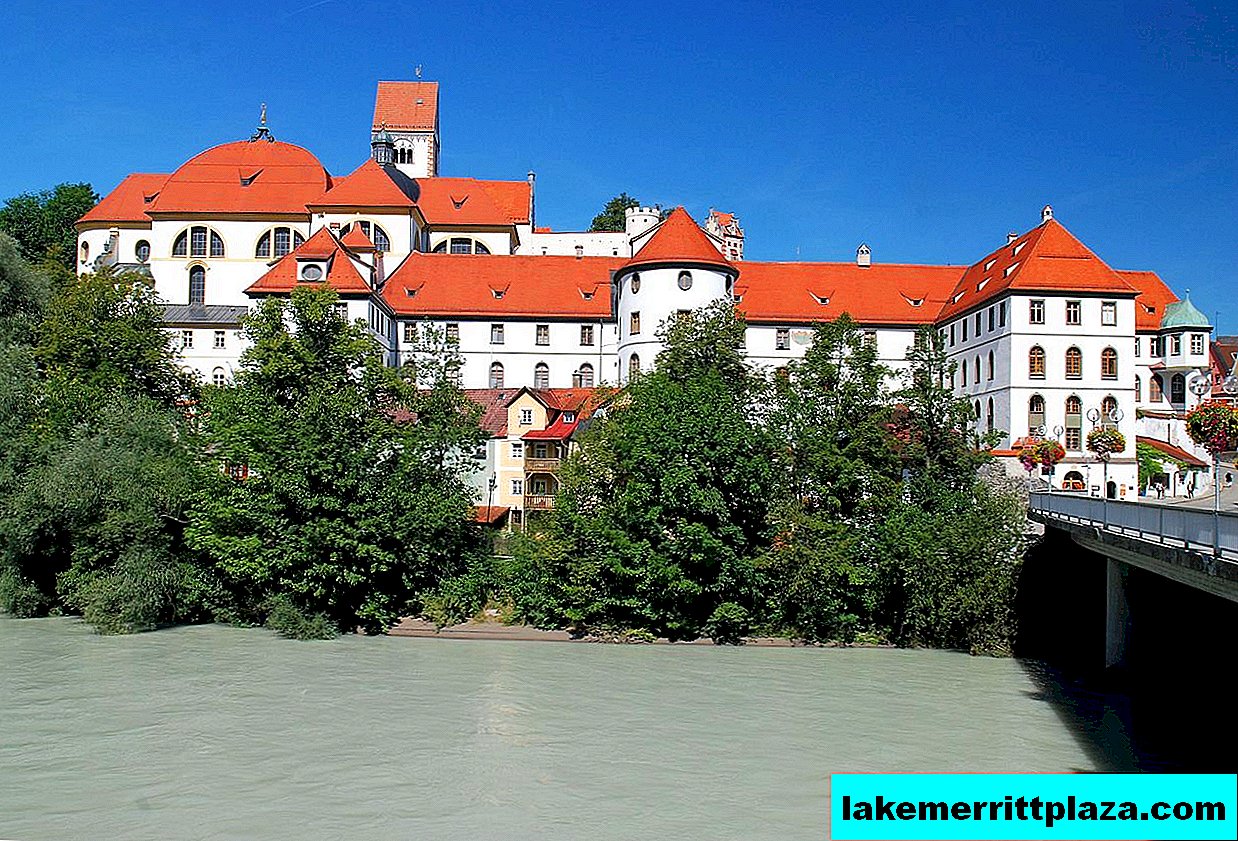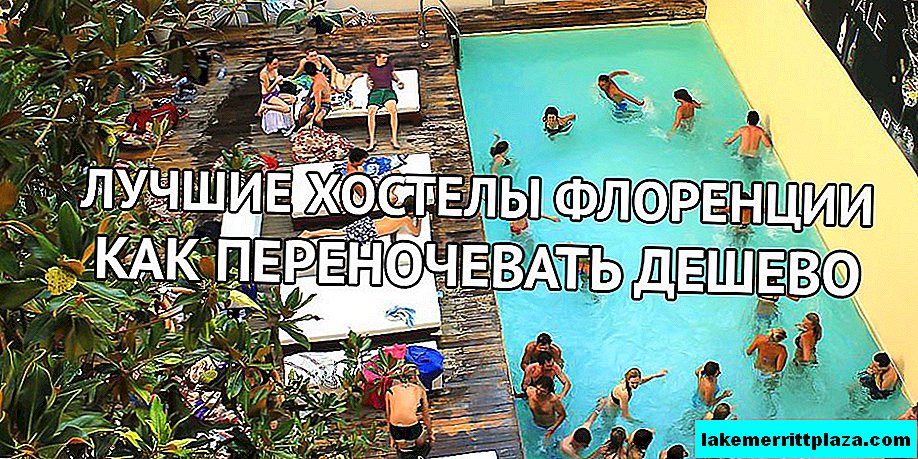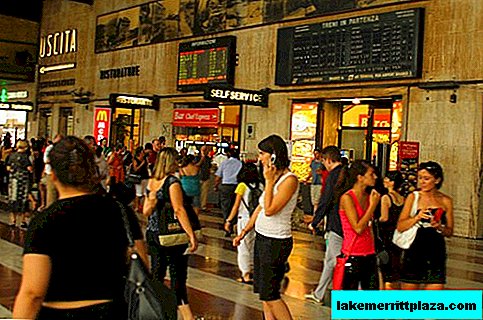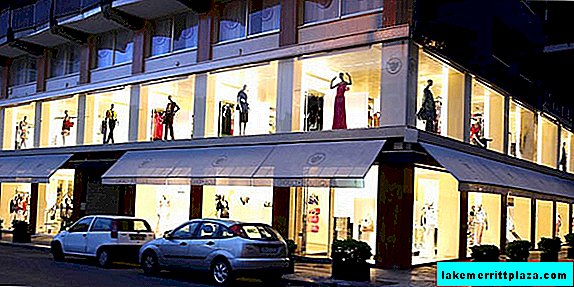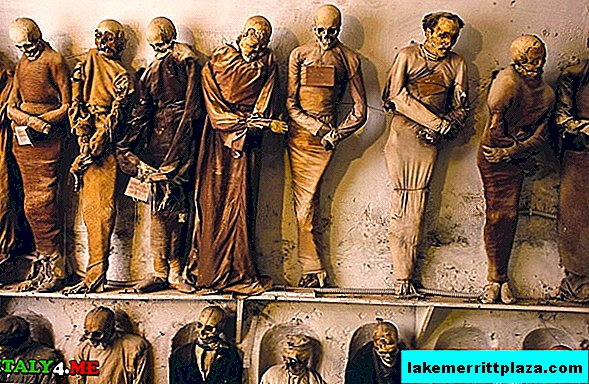More than 20,000 students are studying at Jena University and 340 professors are teaching. We can say that the university is a "city-forming enterprise." In addition to the historical buildings, Alma Mater today also occupies part of the buildings belonging to the Carl Zeiss concern.

University Main Building, photo by Barbara Müller-Walter
The idea of creating a University in Jena came to Elector Johann-Friedrich the Magnanimous in 1547, a monument to him now stands on the main square of the city. And it was founded by order of Ferdinand the First in 1558 (the emperor confirmed his discovery with a special letter). Today, more than 21,000 students study at the University; Corps are located throughout Jena.
The University of Jena (Friedrich-Schiller-Universität Jena; for short - FSU Jena; in Latin - Alma mater jenensis) since 1934 bears the name of its great graduate - Friedrich Schiller, who taught history and philosophy here, and his lectures often ended with applause from students.
The modern FSU Jena is a multidisciplinary university. Free education is available here (established by law for universities in Thuringia).

University campus, photo by flierfy
The history of Jena University began with 4 classical faculties: law, medical, theological, and fine arts. The heyday of the institution occurred in 1706-1720. At the end of the century, Alma mater jenensis was considered in society a recognized center of German philosophy. The names of Schiller, Schelling, Fichte, Goethe are associated with the University of Jena. Among the legendary graduates are Karl Marx, Hegel, Leibniz, Schopenhauer, Salzmann; Our compatriots - Miklouho-Maclay, Andrey Osterman.
In the XIX century. Alma mater jenensis was called the pioneer of political radicalism among German universities - the stronghold of student fraternity, national unity.

Entrance to the main building, photo Linda
The main building of the University of Jena (UHG) was designed by T. Fischer (1908). There are museums and scientific exhibitions at the university. In 1820, the University Astronomical Observatory was founded. The scientific base of the FSU Jena has given rise to many revolutionary studies, the most important discoveries.
Today, Friedrich-Schiller-Universität students study in ten faculties:
- theological;
- legal;
- economic;
- philosophical;
- social and behavioral sciences;
- mathematics and computer science;
- physical and astronomical;
- chemical-geological;
- biological and pharmaceutical;
- medical.

Observatory, photo by Linda

Celebrating the 450th anniversary of the University of Jena, photo by Linda

Student, photo Linda
University of Jena (Friedrich-Schiller-Universität Jena)
Fürstengraben 1,07743 Jena Germany
uni-jena.deTake tram 1, 4, 34 to the Universität stop
How do I save on hotels?
Everything is very simple - look not only at the booking. I prefer the search engine RoomGuru. He is looking for discounts at the same time on Booking and on 70 other booking sites.

